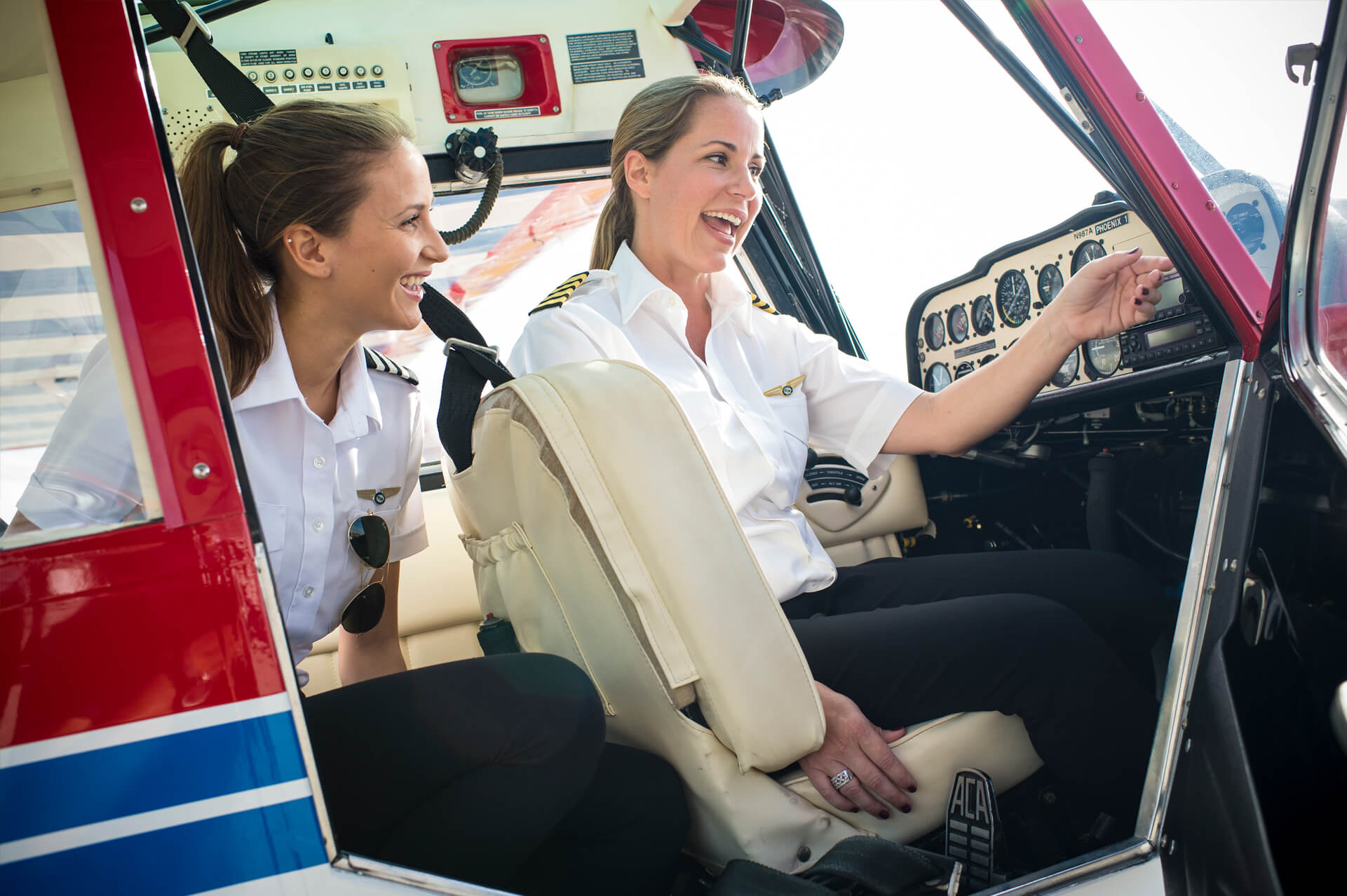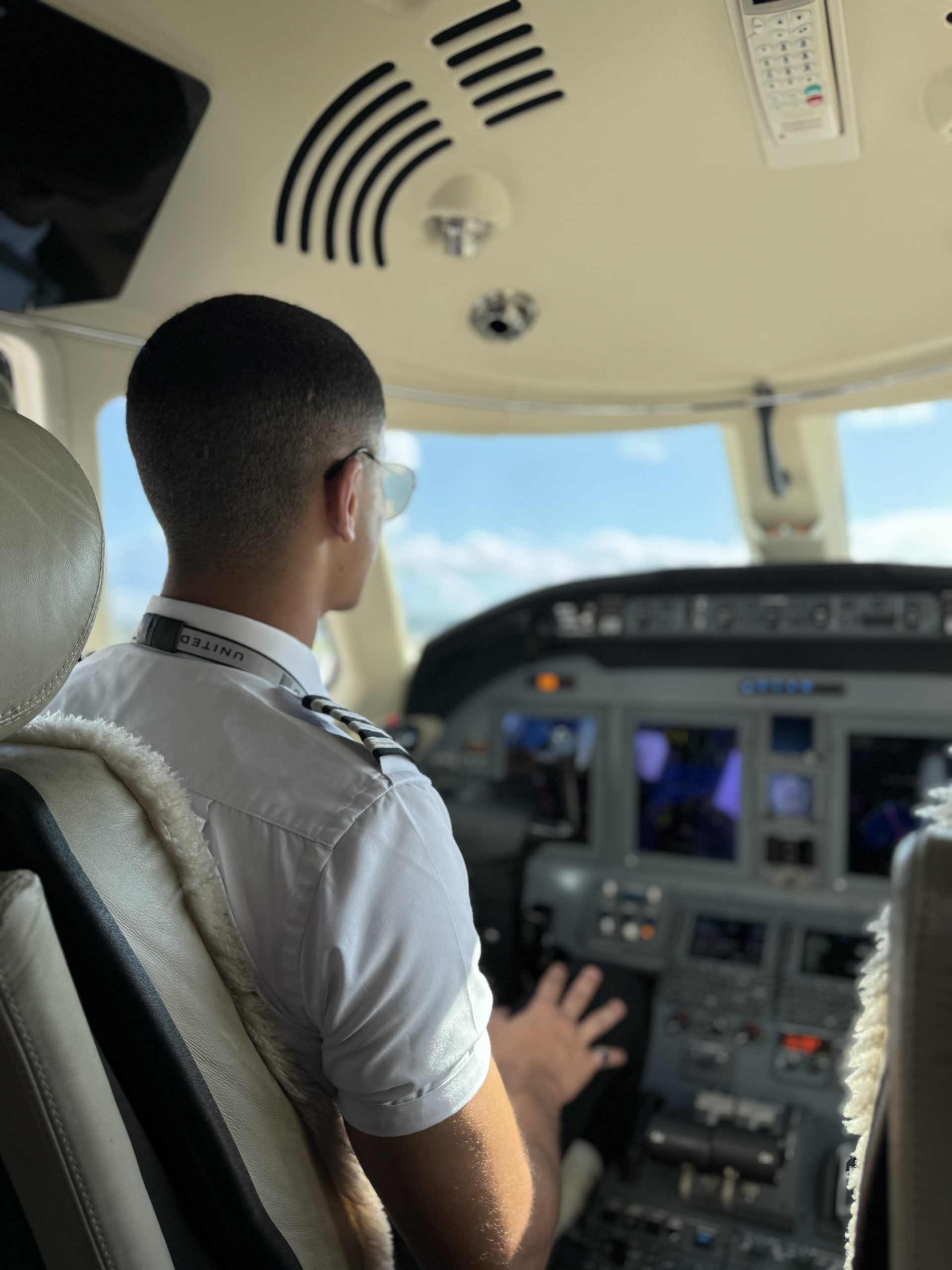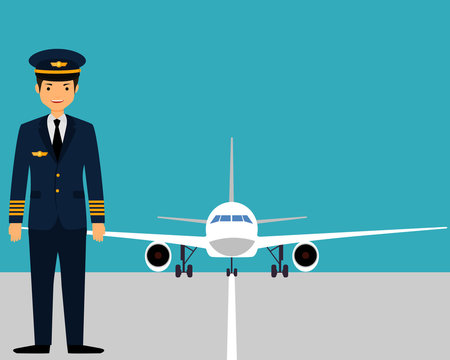Aircraft Weight and Balance: What a Pilot Needs to Know
A pilot’s job is more than just simply flying a plane and navigating. They are also responsible for ensuring the aircraft is in working order and performing checks before flight to confirm it can fly safely. One of these safety checks is making sure that the weight and balance of the aircraft is within a certain range. Pilots must understand how weight and balance checks work to ensure that they fly safely and are able to complete each flight with minimal issues along the way.
How Aircraft Weight is Measured
Before discussing how the weight of an aircraft is calculated, there are some terms pilots need to know to help their understanding: basic empty weight, gross weight, maximum takeoff weight, and maximum landing weight.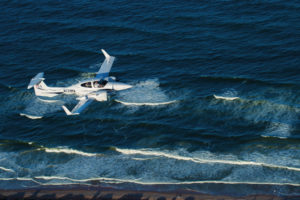 These terms are useful for getting a sense of the various factors that are taken into account when considering an aircraft’s weight.
These terms are useful for getting a sense of the various factors that are taken into account when considering an aircraft’s weight.
The first term, basic empty weight (BEW), is the total weight of the aircraft itself, any optional equipment that is onboard, unusable fuel stored onboard, and full operating fluids. Operating fluids include those that are required for planes to work properly, such as coolant and engine oils.
The second term, gross weight, is how much the aircraft will actually weigh during the flight. This is calculated by taking the BEW and adding the weight of passengers, crew, cargo, and fuel.
The third term, maximum takeoff weight (MTOW), refers to the maximum weight at which an aircraft is certified to take off. This is a fixed value and does not change, regardless of temperature, altitude, or runway length.
The final term, maximum landing weight (MLW), is the maximum weight that an aircraft is certified to land.. This is usually less than MTOW due to the added stress of landing versus taking off. This is not a fixed value, changing based on runway strength, landing speed, and the amount of fuel used during the flight.
With these terms in mind, total aircraft weight is measured by taking the BEW as a starting point and adding in the gross weight, which includes the weight of passengers, crew, cargo, and fuel. The gross weight must be less than both the MTOW and the MLW. If the gross weight surpasses either of these limits, then an aircraft cannot legally take off or land.
Impact on Aircraft Performance
Knowing how an aircraft’s weight affects its performance is equally important to assessing its weight. An aircraft’s ability to fly requires operating within certain parameters, including specific weight and balance. If either of these are out of the acceptable range, it can affect an aircraft’s performance and its safe operation. This is why an aircraft’s weight and balance are vital considerations.
According to the Federal Aviation Administration (FAA), aircraft affected by excess weight will encounter performance issues, which include but are not limited to: requiring longer runways and higher speeds for takeoff, reduced maneuverability, and an increase in fuel consumption.
Runways provide the necessary space for planes to reach takeoff speeds and to safely decelerate when landing. If a runway is too short, planes may not be able to take off or could face safety risks during landing due to insufficient room to slow down. Heavier planes are slower therefore require more runway space to reach the appropriate takeoff speed. Runways typically range between 1,000 feet long at small airports to 18,000 feet at larger airports, so it is important for pilots to determine if the runway at their airport is long enough to support the weight of their aircraft.
An aircraft’s ability to maneuver is reduced as its weight increases. If an aircraft is overloaded, pilots may have a more difficult time operating it than lightweight aircraft. Aircraft weight increases can result in reduced angles and rates of climb, lower maximum altitudes, lower cruising speeds, and higher stalling speeds, all of which are factors that lie within maneuverability.
The heavier an aircraft is, the more fuel it will consume to cover the same distance as a plane with a lighter weight. This is due to the fact that the plane’s engine has to work harder to maintain lift, the force that keeps airplanes in the air.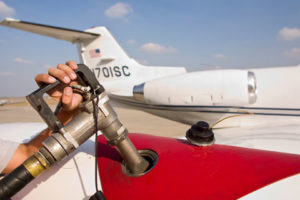 Some aircraft are better equipped than others to handle heavier loads, such as newer aircraft with higher fuel efficiency than older models.
Some aircraft are better equipped than others to handle heavier loads, such as newer aircraft with higher fuel efficiency than older models.
For these reasons, flying a heavy aircraft as opposed to a lighter version of the same aircraft may feel like flying an entirely different machine.
Safety Considerations
If an aircraft’s weight exceeds the MTOW or MLW, then its safety is compromised. An aircraft weighing more than its MTOW may not be able to gain enough altitude before the end of the runway, which may result in a dangerous event. On the other hand, an aircraft weighing more than its MLW may hit the runway too fast, also causing disaster. In addition to these issues, an overweight aircraft may suffer structural damage during in-flight maneuvers, which can cause damage to the fuselage or wings, posing safety risks for those on board.
Maintaining Records
It is vital that records are kept to document the weight and balance of an aircraft for every flight. For commercial airlines, this is not the responsibility of the pilot, but the airframe and powerplant (A&P) mechanic. The A&P Mechanic is solely responsible for making sure the weight and balance records are kept current. However, the pilot is responsible for checking these records and ensuring the aircraft is at a safe weight before every flight. If a pilot is flying solely for recreation, they should be maintaining their own weight and balance records.
Center of Gravity Limits
An aircraft’s center of gravity is just as important as its weight. The center of gravity limits are the boundaries that an aircraft’s center of gravity must remain within while in flight. There are both longitudinal and lateral center of gravity limits. As the center of gravity of the aircraft can change during flight, due to such things as fuel consumption and cargo shifts, a pilot must pay careful attention to ensure that the center of gravity never leaves its boundaries. Should this happen, the consequences can be disastrous. For example, if the center of gravity goes too far forward, the plane will become nose-heavy, which can make it difficult to raise the nose. This can cause a crash during landing.
Additional FAA Regulations and Requirements
There are certain Federal Aviation Administration (FAA) regulations and requirements that must be kept in mind when operating an aircraft. These include:
- All weight and balance data must be on board the airplane.
- Data must be entered accurately if software is used for calculating weight and balance.
- Aircraft are required to be under MTOW and MLW.
- An aircraft’s center of gravity is required to be within the center of gravity limits at all times. If the CG position changes by more than 0.5% of the total CG range, the weight and balance must be reestablished.
- Pilots must be able to perform weight and balance calculations at any moment if required.
These regulations are intended to ensure all aircraft are operated safely, and all pilots should adhere to them. For more information about weight and balance regulations and why they are important, pilots should consult the FAA’s Weight & Balance Handbook.
Interested in learning more information in regards to Phoenix East Aviation and their flight training programs? Contact info2@pea.com to get in touch with their Admissions Department.
References:


